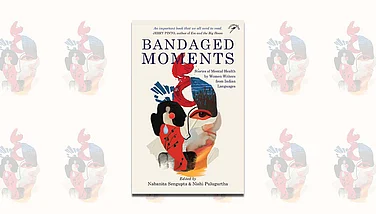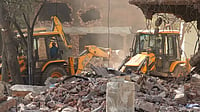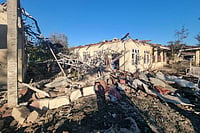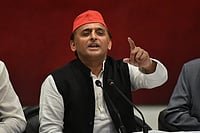Watsa writes history as it should be written, human, vivid, candid. Her essay on Srirangapattana shows her astounding talent for raising palaces, battles, soldiers and tyrants from what are now paddy fields and wastelands.
She writes mostly of places with a defining colonial past, giving minute attention, for example, to the rise of White Towns and Black Towns. Her perspective is cosmopolitan, as is her heritage. The bit of Portuguese in her patrimony may explain the quotation marks around the Indian liberation of Goa in her Devbagh chapter, although in the Goa essay she spells out the corruption, bigotry, and brutality of the imperialists. In Fort St George she traces the tragic footprints of past battles and present neglect of the monuments.
After all the comings and goings of marauders and missionaries, it is in Mamallapuram and Thanjavur that she twangs the deep, ancient sruti of the Southern plains.






















